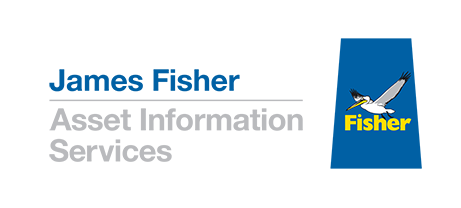The Challenge
In offshore oil and gas operations, Mechanical Engineers play a critical role in ensuring asset reliability, maintenance planning, and execution of modifications. Their work involves conducting detailed engineering analysis, designing system upgrades, troubleshooting mechanical failures, and supporting offshore teams with execution.
A significant challenge for onshore-based Mechanical Engineers is the need for frequent offshore visits to conduct site surveys, gather measurements, and verify design constraints. Historically, these site visits were essential for:
- Gathering detailed engineering data – Information such as pipe support locations, spool dimensions, and deck penetrations was difficult to obtain remotely.
- Validating equipment modifications – Engineers often needed to assess clearances and structural constraints before installing new components such as anti-surge control valves or heat exchangers.
- Reliance on offshore personnel for measurements – Offshore teams were frequently occupied with operations, making it difficult to allocate time for detailed mechanical surveys.
- Time-consuming & costly offshore mobilisations – Engineers would undertake 8-hour boat journeys or multiple-day visits just to verify site conditions, adding logistical complexity and operational downtime.
With increasing travel restrictions and a growing need for efficient remote engineering support, a solution was required to eliminate unnecessary offshore mobilisations while improving the accuracy of mechanical planning.
Our Solution
To address these challenges, the platform enables Mechanical Engineers to conduct virtual site assessments, extract measurements, and plan modifications with high accuracy - without needing to travel offshore.
How R2S supports Mechanical Engineers:
- Improved modification and retrofit planning i.e.
Engineers replacing anti-surge control valves can now assess spool removals, determine deck penetration requirements, and verify dimensions before issuing work instructions. R2S provides real-time visualisation of existing infrastructure, ensuring new components fit seamlessly within space constraints. - Significantly reducing the need for additional offshore site surveys Engineers can now remotely assess mechanical systems, identify pipe supports, spool configurations, and structural constraints, eliminating the need for offshore mobilisations. Instead of waiting for offshore personnel to take measurements, engineers can instantly gather data from R2S, expediting modification planning.
- Optimised offshore mobilisation for execution
Now, when engineers travel offshore, they focus solely on execution and troubleshooting, having already completed all survey work remotely. Pre-planned, data-driven interventions improve efficiency and reduce time spent offshore. - Faster engineering turnaround
What once took days—waiting for offshore personnel to gather data—can now be done in minutes via R2S. Engineers can extract dimensions, assess constraints, and validate modifications in under 20 minutes, significantly accelerating project timelines.

Experienced Mechanical Engineer, AfricaWhat used to take me an offshore trip and hours of waiting can now be done in 20 minutes. It’s a game changer.
Our Impact
- Eliminated offshore surveys for engineering validation
Engineers now conduct virtual site assessments, reducing offshore travel needs. - Significant time & cost savings
Avoiding unnecessary site visits has saved days of offshore mobilisations and associated travel & logistics costs. - Improved accuracy in mechanical modifications
Higher confidence in design feasibility before execution, reducing last-minute adjustments. - Optimised offshore execution
Engineers only travel offshore for hands-on implementation, having already resolved potential constraints remotely.
Future Prospects
Following the success of R2S in remote mechanical engineering support, the next phase will focus on:
- Integration with asset integrity & maintenance systems – Embedding R2S data with CMMS platforms to enable predictive maintenance.
- Expansion to additional engineering disciplines – Leveraging R2S for process engineering, structural integrity, and piping modifications.
- AI-Based mechanical analysis – Using digital twins to simulate stresses, flow dynamics, and equipment lifecycle performance.
By embracing digital twin technology, mechanical engineering is becoming more efficient, data-driven, and cost-effective—minimising offshore mobilisations while improving project execution.



 Read James Fisher and Sons plc's latest Annual Report
Read James Fisher and Sons plc's latest Annual Report